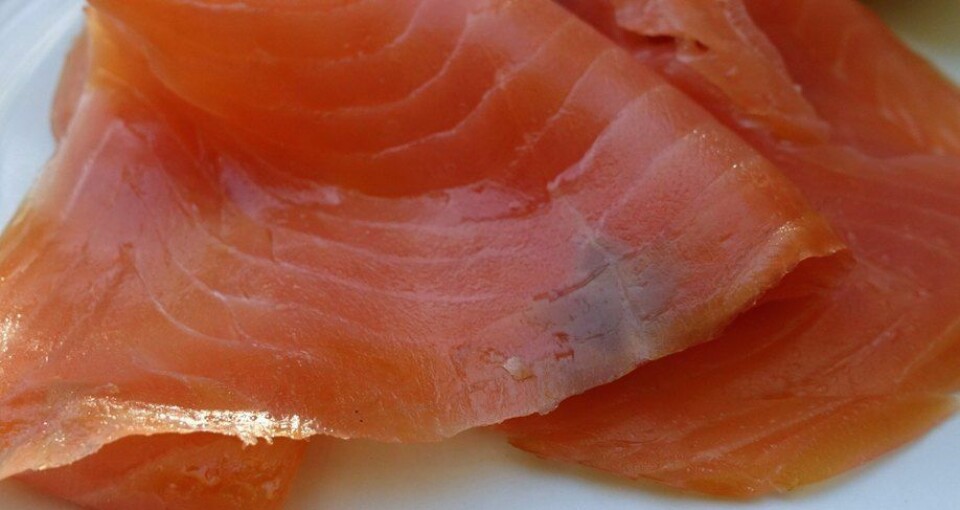
Irish seafood processors sent clean smoke signal
Fish smokers in Ireland are being encouraged to adopt “clean smoke” technology instead of traditional methods to smoke species such as salmon and mackerel.
Ireland’s seafood development agency Bord Iascaigh Mhara (BIM) hosted a webinar earlier this month promoting the use of clean smoke technology, which uses smouldering sawdust and various filtration processes to create purified smoke.
Benefits of clean smoke technology, which can be retrofitted to a smoking oven, include:
- Reduced production time for both hot and cold smoked species
- Reduced environmental impact as waste products are used for heating and other purposes
- Much less hazardous working environment as there is no flame, ignition or heat source
- A reduction of the use of water in the process

Trial facility
Katie Healy, a seafood technologist with BIM, gave an outline of the €6m-plus domestic market in Ireland where traditional smoked salmon and mackerel has significant recognition as a high-quality Irish artisan product.
BIM has developed its own programmes of smoking at the Seafood Innovation Hub in Clonakilty, West Cork, and wants seafood processors who use traditional smoking to trial this technology there, said Healy.
Taste test
The food technologist also gave the results of a blind tasting survey which showed that 70% of those who tried the clean smoked product thought it was a traditional smoked product. A sensory analysis saw the clean smoked product scoring higher than the traditional one on flavour, aroma and texture.
The production time for hot smoked salmon in the BIM processing programme was 1.5 hours, compared to a traditional smoking time of 4-8 hours. With the clean smoked cold product, it took five hours compared to a traditional production time of 6-24 hours.
Payback within two years
BIM’s Gavin McGrath showed the results of a cost benefit analysis which highlighted the major savings to be accrued on an initial capital outlay of €25,000 on equipment. Comparing the production of 375,000 tonnes over 50 weeks annually, the savings of the clean smoking process compared to traditional smoking, were €13,000 per annum.
“This means a payback period of two years on the initial capital invested,” McGrath pointed out.
Clean smoke logo
BIM’s Caitriona McCarthy told the webinar that “desirability” and “sustainability” were key when it came to consumers and retailers embracing more environmentally friendly produce.
“There is a need to understand that consumer demands, and preferences are important here,” said McCarthy, adding that consumers are now seeking more information about products and looking at ways they can reduce impact on the planet.
Clean smoke technology is already 60 years old and used in a variety of European countries, and a Clean Smoking Coalition group has been established which provides members with a logo for their clean smoked packaged products.
Customers ‘expect sustainability’
Seán Ryan, business development director at Kerry Group, a leading supplier of smoke flavourings globally, said there had been a significant increase in the interest in clean smoking’s benefits over the last three years.
Recent UK consumer research showed that 77% of those surveyed had either switched or boycotted brands that they didn’t feel allayed their environmental concerns. In addition, new Kerry Group research showed that 89% of consumers expect businesses to invest in sustainability and four in five believe that food producers should be more sustainable in their manufacturing processes.
“Consumers want to see less water usage and waste, lower carbon emissions and healthier products. Given the focus that Covid-19 has put on our global supply chain and on sustainability, I expect this will remain a focus going forward,” Ryan concluded.























































